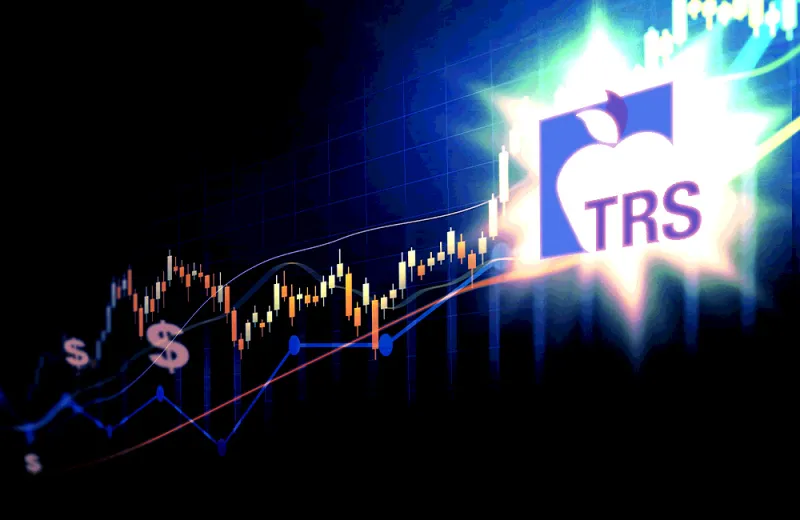Two public pension funds have found ways to keep annual returns relatively consistent — but in two wildly different ways, according to a new analysis by Markov Processes International.
MPI, which provides investment analytics software and services, recently ran an analysis as a part of its larger Transparency Lab project, to determine the consistency of pension fund returns. MPI compared individual pensions to a benchmark that represents the average return of their peers.
The Teacher Retirement System of Texas, which manages $200 billion, has taken an active approach to investing, hiring managers across strategies, including hedge funds and private equity firms. TRS uses what it calls a fleet strategy, bringing some investment functions in-house to lower costs.
According to MPI’s analysis, TRS inked a 20-year annualized return of 7.6 percent — nearly the same as the large pension fund average. Over the past five years, TRS has returned 8 percent, compared to the benchmark’s 7.9 percent. Over the past ten years, TRS returned 8.4 percent, while the benchmark posted an 8.7 return.
“It has phenomenal consistency,” said Michael Markov, founder of MPI. “It's hard to outperform consistently with lower risk. I thought it was an interesting result.” On average, TRS’s performance is always within ten basis points of the benchmark, he added.
Markov pointed out that even with the fleet strategy in place, TRS is paying a fair amount in fees to achieve this net return.
The Public Employees' Retirement System of Nevada, meanwhile, pays lower fees, given that the portfolio is mostly index funds and cash. NV PERS’s $54 billion portfolio doesn’t track the benchmark quite as closely as TRS’s does — the plan's ten-year performance is 9.2 percent, just over the benchmark. But it’s still relatively consistent.
“They’re the leanest and simplest,” Markov said. “The CIO runs the most efficient fund in the nation out of large pensions.”
According to MPI’s report on the two, both achieved these returns quite efficiently. NV PERS achieved the highest Sharpe ratio among all of the pensions analyzed at 0.77. By comparison, TRS’s Sharpe ratio was 0.68.
“One of the most important things for us when we launched this Transparency Lab is to be able to compare different large portfolios in terms of allocations, exposures, and efficiency,” Markov said.







